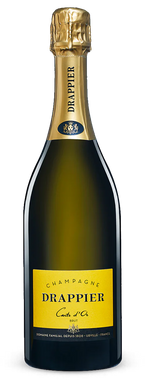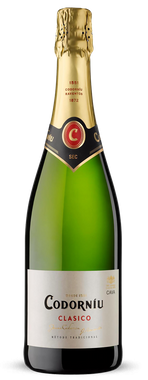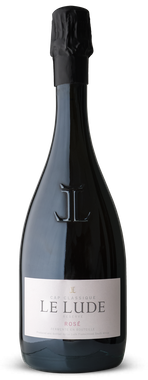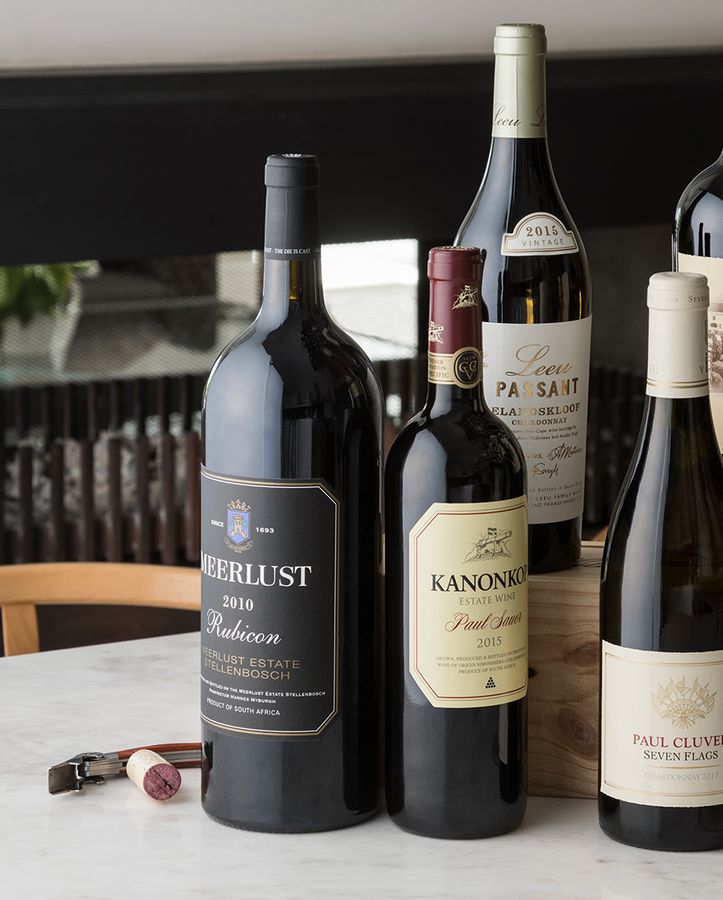This was rumored to be Dom Perignon’s first response after tasting sparkling Champagne for the first time. Little did he know that this ‘delightful wine accident’ would soon change celebratory gatherings around the world for decades to come. Nowadays, do we really need a special event to taste the stars? Champagne has gained a pigeon-hole reputation as a drink ‘made for royals’ and reserved for those special life moments. Events such as births, weddings, promotions, graduations, all call for the bubbly. However, the times, they are-a-changing…
Sparkling wine, not just Champagne, is now a diverse beverage with a wide variety of taste profiles and price points. There’s a bottle and style to suit different dishes, different occasions and different budgets. Around the world, most wine producing countries are experimenting with bubbles. Established brands such as Cava, Prosecco and South Africa’s’ own Méthode Cap Classique are dominating the marketplace.
Find what makes you sparkle
Sparkling wine differs in flavor and appearance based on terroir as well as choices made in the vineyard and production methods.
Champagne, considered the Alpha and Omega of the sparkling wine world is probably the most well-known thanks to its rich history and master marketing techniques. Champagne is made in the traditional method, meaning the grapes have been hand harvested, whole bunch pressed the wine has spent its second fermentation in the bottle. Champagne often expresses delightful and complex flavors such as toast, brioche and nuttiness thanks to something called yeast autolysis. It is also responsible for that small delicate pearl necklace of bubbles and persistent foam; both benchmarks of a fine sparkling wine.
I suggest trying a classic (and delicious) example of French Champagne like Cote D’Or Champagne Drappier, NV to get the ball rolling. Varietals include 75% Pinot Noir, 15% Chardonnay and 10% Pinot Meunier. When you’re ready for something interesting and complex, invest in a bottle of Champagne that’s seen a significant amount of age. I recommend the Cuvée Nicolas Francois Billecart (1999). Varietals include: 60% Pinot Noir and 40% Chardonnay. This wine can be described as persistent and rich, both qualities that can express the backbone of a great Champagne.
Méthode Cap Classique. Ah, the term just makes me grin! MCC represents the various pockets of South African terroir beautifully – expressing climate, soil and the passion of the producers. Made in the traditional method, South African sparkling wine offers a range of flavors and styles that are dependent on lees ageing and cultivars used. An exciting brand is Le Lude, I adore the NV Rosé Brut(55% Pinot Noir, 40% Chardonnay and 5% Pinot Meunier). This wine is not only a crowd pleaser, but is guaranteed to leave even the nerdiest of wine nerds happy and satisfied. The winery itself is also the first to utilize the Agrafe method, meaning that the second fermentation in bottle is done on cork rather than crown cap.
If you’re keen for some of those dominate tertiary characteristics that I was talking about in the Champagne section try the MCC Brut De Wetshof Cuvée 2008. It’s fascinating and complex but still retains a lot of delightful green fruit and acidity.
Over and above MCC and Champagne there are so many other exciting sparkles to try. Why not a Prosecco or Cava? Two of the most popular sparkling wines exports in the world. English fizz (yes, that’s the term used) is also steadily making a name for itself.
As the international consumption and production levels of sparkling wine continue to rise rapidly, be sure you hop on for the ride. The possibilities are endless and the quality just keeps getting better.
Don’t wait for you next special even to pop the cork – because life’s just too short.
So, what are you waiting for? Find your sparkle and let it shine!
Cheers for now,
Katie



